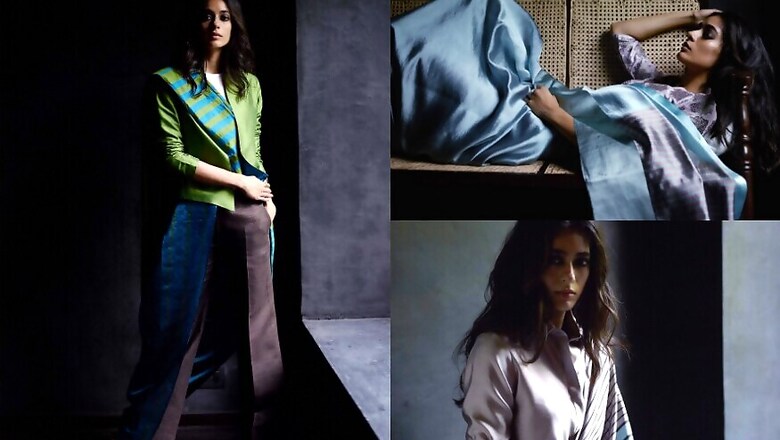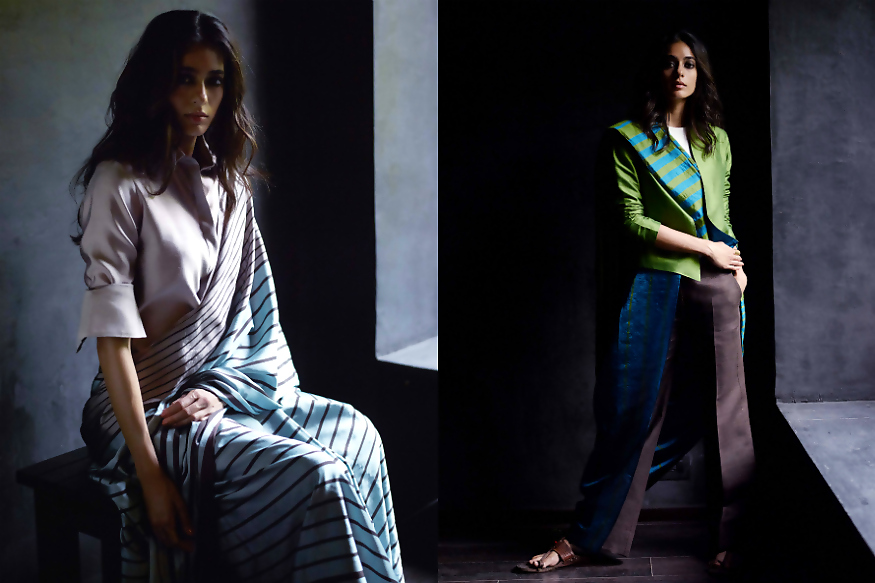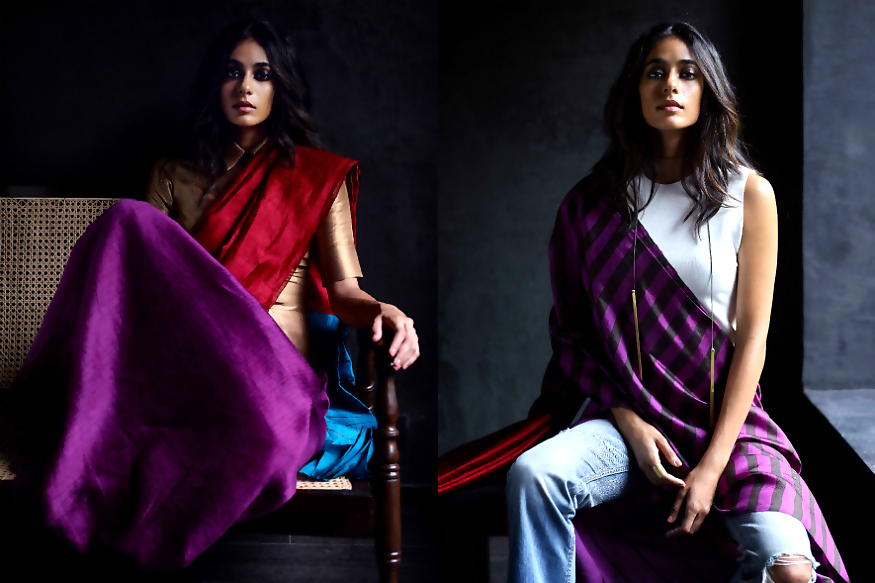
views
The idea and vibe of a sari has undergone a drastic change from the era before. While for our mothers, it meant the combination of fine pleats, matching petticoat and a well-fit blouse, for the younger lot, it’s only the romanticism of this six-yard textile that matters.
These days, women don’t choose traditional patterns and often set out for unconventional dressing styles to reinvent the age-old garment. And they’re always on the lookout for means and measures to avoid draping hassles that accompany the quintessential sari. The more fuss-free, lighter and approachable a sari, the more chances of a young woman donning it to work on a day-to-day basis.

Pertaining to this thought, ace designer Payal Khandwala decided to come up with The Little Sari. The idea, as she says, was to redefine an Indian essential in a way that was more contemporary, younger and with just a little more spirit.
“I wanted to be able to colour block my saris and wear them differently each time. So, I started wearing them on trousers, palazzos and even jeans. But the length of the sari was prohibitive, inhibiting even, so I shortened it and found that now, I could take a shirt and culotte look from desk to dinner if I just added The Little Sari,” explains Khandwala.
She adds that with the incorporation of closet staples, one can easily do away with the drudgery of pleating and handling. “I didn't even need a mirror for the pleating, no drawstring was necessary because the sari was much lighter and I could elevate my look effortlessly. Plus, I could wear it with different separates each time.”
Khandwala admits that The Little Sari will resonate with an audience more experimental, if not the younger one and the kind that wishes to infuse it with their own personalities and wants a certain amount of flexibility.

“I suppose women who want their sari to serve a familiar and comforting purpose may not take to it, at least initially, but perhaps it will speak more to a generation that is intimidated by the conventional sari,” she says.
She points out that sari has been and will always remain a versatile garment and continue to evolve to maintain its relevance. “In that, it is one seamless, unstitched garment that can be draped based on the wearer's mood and creativity. It’s also one of the key garments that make our fashion landscape distinct. In my opinion, it will continue to gently evolve, to keep itself relevant and continue to inspire designers, homegrown and around the world.”
Khandwala adds that it’s the “romance of a seamless garment and the poetry of its drape that can make magic if we allow the canvas to be redefined.”
Even though the designers’ contribution in keeping the garment alive is paramount, the Bollywood celebrities who step out in drapes can’t be left behind.

“Bollywood celebrities are big influencers in our popular culture today. So any focus on the sari is a contribution in itself. Especially if it is hand-woven because the attention it garners can have the power to support a plethora of indigenous artisans.”
“Plus, there have always been true champions of the sari like Rekha, for whom the sari is an extension of her personal style and not one of many options,” she adds.

















Comments
0 comment